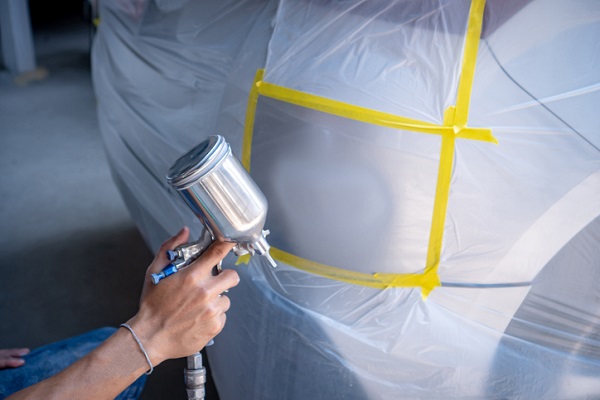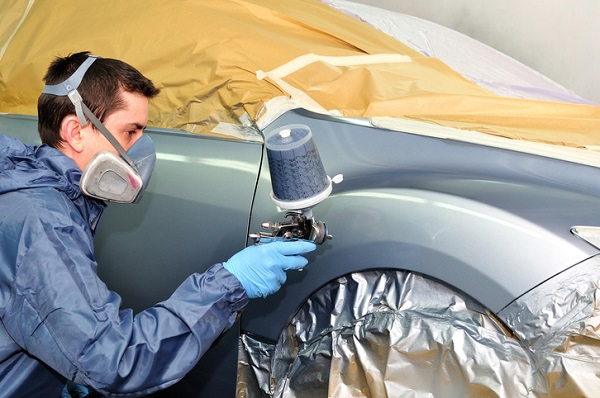
A career in automotive painting means working creatively in an engaging, hands-on way to take a car’s appearance to the next level. In order to do this, you must have a good eye for detail, even before you actually break out the paint.
Taking the necessary steps to make sure a car is fully clean and covered before you start may not be as exciting as the actual painting, but it helps ensure quality work and a flawless finish. If you’re interested in becoming a refinishing prep technician, it’s important to not underestimate the power of preparation, including the right way to mask the vehicle you’ll be working on.
Do you want to find out what you can expect from a future career in automotive painting? Read on for a few tips you can use when it comes to vehicle masking.
1. Auto Painting Pros Know to Clean the Car Thoroughly Before Starting
A fresh coat of paint can be ruined when you realize it has to be redone because underlying debris got in the way of a smooth finish. In order to avoid the headache, it’s best to make sure that your first step is to give the car a thorough cleaning. After washing the car down, degrease the surface of the area you’ll be working on, and make sure that other potential contaminants are removed. Ideally, the car should be smooth, dry, and free of dust by the time you begin.
2. Having the Right Equipment Is Important During Auto Painting Careers
Saving time and money are both important aspects of a career in auto painting, which is why you should make sure you have the right tools to get the job done so you don’t have to do it over. Some paint jobs are muddled by masking tape that doesn’t stick well, which allows the paint to bleed through. Good quality masking tape and film should be easy to tear, pressure-sensitive, and shouldn’t leave residue behind once it’s removed.

3. Use Your Refinishing Prep Training to Apply Masking Film Correctly
Knowing the right masking technique to use is an important part of car painting courses. One of these techniques is known as back masking, which means you apply masking materials to areas or gaps that you don’t want to expose to paint.
It’s important to not rush this step because if you do, you could miss certain areas. When using masking tape, apply it under the edges of the area you want to paint, but remember to let half of the adhesive side stick out so you can easily attach the masking paper or film to it.
4. Specific Products Can Help Automotive Painters Mask More Precisely
Precision is a crucial factor in automotive painting, and you will want to pay attention to detail when it comes to painting areas near doors, sunroofs, and headlights, among others. Fortunately, there are specific products available to make your job a little easier after refinishing prep training.
Foam masking tape, for instance, can help protect door jambs and other gaps, and fits well into the small grooves of a car. Trim masking tape can be applied to rubber trims and further prevent paint from bridging over gaps or cracks, allowing for a more professional, quality appearance.

5. Demasking a Vehicle the Right Way Takes Time and Patience
After the paint has dried, the last and sometimes most difficult step is properly removing the masking tape and film. You should always remove tape by pulling at a right angle to the surface, as a flatter or sharper angle may leave adhesive residue behind. If you’re particularly concerned about residue, you can try using a premium masking tape, which has a lower risk of leaving adhesives after being removed.
Are you ready to take the next step and get involved in auto painting careers?
Contact Automotive Training Centres for more information.

